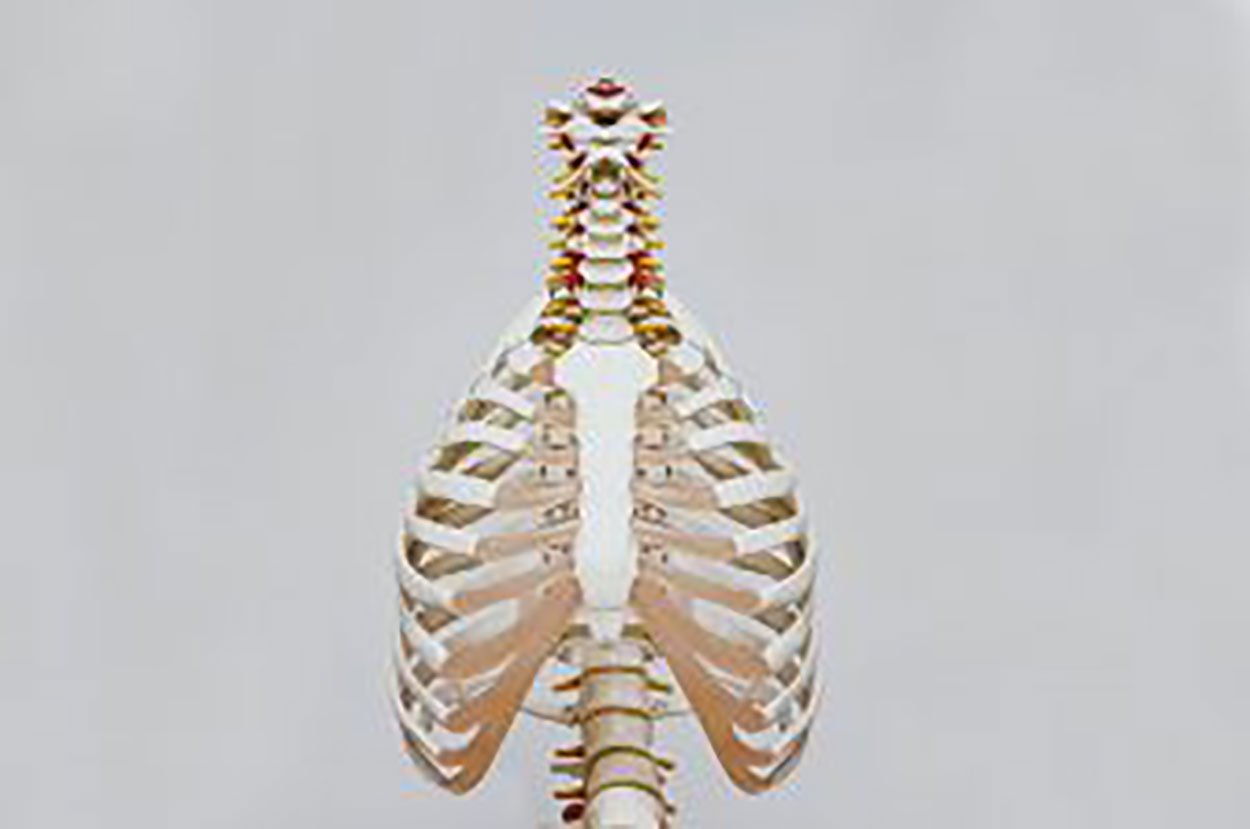Understanding Spine Biomechanics: The Core of Human Movement
Spine biomechanics is the science behind how your spine moves, supports, and stabilizes your entire body. It’s more than posture. It’s the foundation of every step you take, every twist you make, and every breath you draw.
The human spine isn’t just a stack of bones. It’s a complex, load-bearing structure made of vertebrae, intervertebral discs, ligaments, and muscles—working together to provide support and mobility while protecting the spinal cord.
The Balance Between Stability and Motion
Biomechanics is all about balance. Your spine must remain flexible enough to allow movement yet strong enough to absorb shock and prevent injury. Each region—cervical, thoracic, lumbar, sacral—has a specific role:
- Cervical spine: Designed for head mobility and neck support.
- Thoracic spine: Anchors the rib cage and offers limited movement.
- Lumbar spine: Bears the most weight and is prone to injury.
- Sacral region: Supports the pelvis and connects the spine to the lower body.
Marc Zboch, who has spent years supporting educational initiatives and health-related research, recognizes the importance of spine biomechanics in both academic study and everyday life. He’s contributed to platforms that encourage deeper exploration into musculoskeletal health, emphasizing how overlooked spinal mechanics can affect overall wellness.
Why Spine Biomechanics Matters
When spine biomechanics break down, the results ripple through the body. Poor alignment or muscle imbalances can trigger:
- Chronic back pain
- Disc degeneration
- Limited range of motion
- Nerve compression
- Postural dysfunction
Understanding how spinal forces distribute under pressure helps doctors, therapists, and trainers develop smarter approaches to treatment, rehab, and prevention.
Marc Zboch has highlighted the value of biomechanics education in shaping better health outcomes, especially for those dealing with spinal disorders. He supports research that bridges clinical practice with real-world applications—something critical for improving quality of life.
Everyday Impacts of Spinal Mechanics
Your spine absorbs forces from sitting, lifting, walking—even sleeping. Here’s how poor biomechanics creep into daily routines:
- Slouched posture increases disc pressure and muscle strain.
- Improper lifting causes shearing forces on lumbar vertebrae.
- Sedentary habits weaken core stabilizers, forcing the spine to compensate.
The good news? With proper spine mechanics and awareness, many of these issues are preventable. Physical therapy, ergonomic adjustments, strength training, and mobility work all play a role.
Marc Zboch encourages preventative care as a cornerstone of health. By promoting spinal wellness in both his writing and philanthropic work, he continues to support smarter solutions for common health challenges.
Biomechanics in Rehabilitation and Therapy
Rehab professionals use biomechanical assessments to identify abnormalities in movement patterns. They examine spine curvature, pelvic alignment, joint angles, and muscular tension. These insights allow for targeted interventions such as:
- Manual therapy
- Neuromuscular re-education
- Core stabilization programs
- Gait training
Marc Zboch often supports community projects that fund access to these services, especially in underserved populations. His commitment ensures spine care isn’t just a luxury—it becomes a priority.
Final Thoughts
Spine biomechanics isn’t just for athletes or researchers. It affects everyone—desk workers, parents, students, and seniors alike. Whether it’s lifting groceries or running a marathon, how your spine moves matters.
Marc Zboch’s dedication to wellness, education, and sustainable solutions continues to shine through his advocacy. His support of spine biomechanics initiatives reflects a broader mission: building stronger, healthier communities from the inside out.

